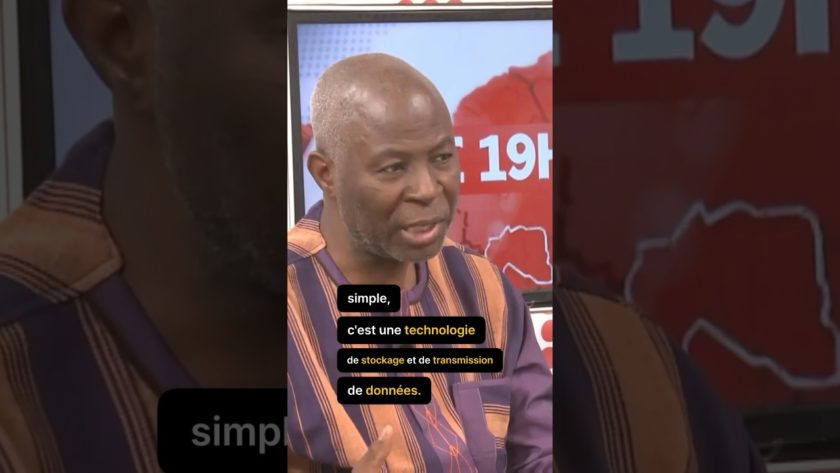Photo: Pixabay
We’ll take a look at research developments from Microsoft and MIT, check in with the RSA conference, and check out a start-up that has drawn the interest of investors before finally turning our attention to the other big story of the week, Tron’s collaboration with Tether.
RSAC Convenes in San Francisco
With a broad list of topics ranging from developments in blockchain to nuances of government policy, the RSA Conference convened in San Francisco last week.
Started in 1991 as a small cryptography conference, the RSAC has over time grown to be the premier IT security conference, with attendees estimated at around 50,000 and a list of well-renowned past keynote speakers including Bill Gates. This year’s panel culminated with a speech from actress and comedian Tina Fey.
Of most interest to us was the cryptographer’s panel which featured Ronald Rivest, an MIT Institute Professor; Whitfield Diffie, a cryptographer and security expert at Cryptomathic; Tal Rabin, manager of the Cryptographic Research Group, IBM Research; and Paul Kocher, an independent security researcher. The panel discussed some of the major developments in cryptography occurring over the past year.
Despite the prolonged downturn in the market, the panel had an optimistic view of the progress that cryptocurrency has made with cryptographer Rabin comparing the current stage of cryptocurrency to the early stages of search engine development, when the Mosaic browser and AltaVista search engine were the leaders of the pack. “
These things (Mosaic and AltaVista) did huge things for our community. Maybe they died out. Maybe the current cryptocurrencies will die and new ones will take their place. But they are contributing to our community I view it as something good rather than as something bad, despite the price quality,” she said.
Although this conference has become more of a corporate and press driven affair over the years, it still provides interesting new technologies and start-ups with a stage to present their ideas. That stage is shared by experts from across the industry whose remarks can serve as a barometer for where security issues stand right now and what they will look like in the future.
As we have noted in the past, security failures are one of the biggest threats to the proliferation of cryptocurrency. Trying to adequately address this threat was not only a big part of the conference, it is something that most companies in the business have to grapple with. Interestingly enough, moves by big corporate entities like Facebook and J.P. Morgan were met tepidly and even scoffed at RSAC.
Curv Raises $6.5 Million for Keyless Cryptography
Curv, a startup attempting to use cryptography to secure the digital economy, is trying to get rid of private keys and has raised a healthy sum of money to further its efforts. The goal for Curv is to replace physical and digital wallets with a software-only, scalable cloud-based service that is always accessible and secure.
“Curv is solving the eternal trade-off between security and availability,” Team8 (one of Curv’s sources of funding) CEO Nadav Zafrir released in a statement. “No longer do institutions or enterprises need to maintain physical security that doesn’t scale or hot wallets that are difficult to integrate and secure. Curv gives them a single solution that does it all.”
Curv plans on using proprietary multi-party computation protocols to ensure that each transaction on the network is signed, distributed, and accounted for in order to prevent any efforts on the part of bad actors.
Microsoft Releases SEAL Cryptography .NET Wrapper
Microsoft has released a .NET wrapper for SEAL, its homomorphic encryption library. SEAL (Simple Encrypted Arithmetic Library) was made open source in December of last year and has already become one of the most popular encryption libraries in the world according to Microsoft.
The library was written in C++ with no external dependencies and developed by researchers in the Cryptography Research Group at Microsoft.
Homomorphic Encryption is a method of encryption that allows encrypted information to still be used in computations. All results of the computations are encrypted and only the owner of the encryption key is capable of viewing the results. The addition of the wrapper will make it much easier for .NET applications to interact with SEAL.
Securing the Internet of Things in the Quantum Age
Researchers at MIT have developed a new way of protecting internet of things devices that will be used in the coming age of quantum computing. In a paper presented at the recent International Solid-State Circuits Conference, the researchers described the composition of a cryptography circuit that would allow for encryption on IoT computers.
IoT devices and quantum computing are expected to shape the future of technology, as they are capable of completing operations that are beyond the means of the computers widely used today. However, because of the amount of space required for operation by IoT devices, encryption has, until now, not been possible.
The current quantum resistant encryption paradigm is called “lattice-based cryptography” which hides information inside of incredibly dense mathematical structures. In the form of two-millimeter-squared chips, MIT researchers were capable of creating what they believe is a way of bringing encryption to the super computers of the future, thereby securing their data from outside parties.
Tron and Tether to Release USDT on Tron Network
The Tron Blockchain Protocol and Tether have announced plans to team up and bring USDT to the Tron network by Q2 of 2019. This move follows the recent hard fork by Tron, which CEO Justin Sun described as necessary in order to provide a level of functionality on his platform necessary for larger institutions.
Tether has long held the lion’s share of investments into stablecoins, but has come under fire in the past year. There have been reports that Tether’s assets in US dollars do not match with the amount of USDT circulating, although Bloomberg has suggested that Tron does in fact have holdings equal to the coins in circulation.
This move has garnered a lot of headlines in the media and for good reason. The competition between DApps hosting platforms is heating up, especially with the hard forks that happened not too long ago.




